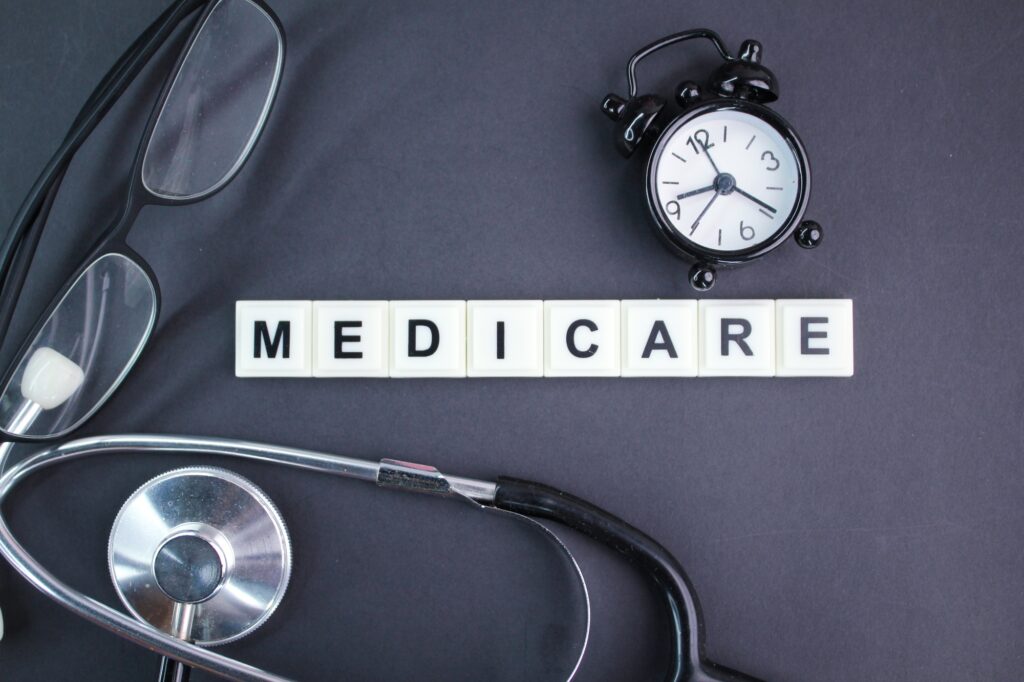What is Medicare
What is Medicare, and what is Medigap? These are two of the most common questions we are asked daily, so we decided to dedicate an entire page to what is Medicare and Medigap trivia question. While both Medicare and Medigap are very in-depth, this page should give you a broad understanding of how to discern one from the other and see if they apply to you. You can always call us with questions at (888) 918-0518. We’re here to help!
The government provides Medicare Part A and B. Your Part A is paid for through 40 quarters of Medicare taxes while working, and Part B is paid monthly once you enroll in Medicare. For most people, as of 2022, the Part B premium is $170.10. However, it is based on your income. Medicare Part A and B by themselves leave you with many gaps in coverage, so using them alone isn’t a great idea.
So, what is Medigap? A Medigap plan fills the gaps in Part A and B. For most people, the best Medigap plan (Plan F) runs between $125 to $165 at age 65, depending on where in the country you live. Plan F fills all of the gaps in coverage (Prescriptions aside, that’s Part D, below). However, around here, we are big fans of Plan G, the second-best plan. More on that later.
Medicare is Health Insurance for:
- People 65 or older
- People under 65 with specific disabilities
- People of any age with End-Stage Renal Disease (ESRD) (permanent kidney failure requiring dialysis or a kidney transplant)
The Different Parts of Medicare
- Inpatient care in hospitals
- Skilled nursing facilities
- Hospice
- Home health care
Usually, you don’t pay a monthly premium for Part A coverage if you or your spouse paid Medicare taxes while working. This is sometimes called premium-free Part A. If you aren’t eligible for premium-free Part A, you may be able to buy Part A and pay a premium.
- Services from doctors and other health care providers, hospital outpatient care, durable medical equipment, and home health care
- Preventive services to help maintain your health and to keep certain illnesses from getting worse
Most people pay the standard monthly Part B premium. Note: You may want to get coverage that fills gaps in Original Medicare coverage. You can choose to buy a Medicare Supplement Insurance (Medigap) policy from a private company.
- Includes all benefits and services covered under Part A and Part B
- Run by Medicare-approved private insurance companies
- Usually includes Medicare prescription drug coverage (Part D) as part of the plan
- May include extra benefits and services for an additional cost
We have a great article about Medicare Advantage vs. Medigap and how to choose.
- It helps cover the cost of outpatient prescription drugs
- Run by Medicare-approved private insurance companies
- It may help lower your prescription drug costs and help protect against higher prices in the future
Note: If you have limited income and resources, you may qualify for help paying for your health care and prescription drug costs. For more information, visit socialsecurity.gov, call Social Security at 1-800-772-1213, or contact your local State Medical Assistance (Medicaid) office.
Medicaid is a joint federal and state program that helps with medical costs for some people with limited income and resources. Medicaid may also cover services not usually covered by Medicare (like long-term supports and services and personal care services). Each state has different rules about eligibility and applying for Medicaid. If you qualify for Medicaid in your form, you automatically qualify for Extra Help paying your Medicare prescription drug coverage (Part D).
You may be eligible for Medicaid if you have limited income and are any of these:
- 65 or older
- A child under 19
- Pregnant
- Living with a disability
- A parent or adult caring for a child
- An adult without dependent children (in certain states)
- An eligible immigrant
In many states, more parents and other adults can get coverage now. If you were turned down in the past, you can try again and may qualify now.
When you enroll, you can get the health care benefits you need, like:
- Doctor visits
- Hospital stays
- Long-term services and supports
- Preventive care, including immunizations, mammograms, colonoscopies, and other needed care
- Prenatal and maternity care
- Mental health care
- Necessary medications
- Vision and dental care (for children)
You should apply for Medicaid if you or someone in your family needs health care. If you aren’t sure whether you qualify, a qualified caseworker in your state can look at your situation. Contact your local or state Medicaid office to see if you are eligible and apply. To get information about your state’s Medicaid program, visit HealthCare.gov/do-i-qualify-for-medicaid.
DUAL ELIGIBILITY – Some eligible people for both Medicare and Medicaid are called “dual eligibles.” If you have Medicare and full Medicaid coverage, most of your health care costs are likely covered. You can get your Medicare coverage through Original Medicare or a Medicare Advantage Plan (like an HMO or PPO). Medicare covers your Part D prescription drugs if you have Medicare and full Medicaid. Medicaid may still cover some drugs and other care that Medicare doesn’t cover.








